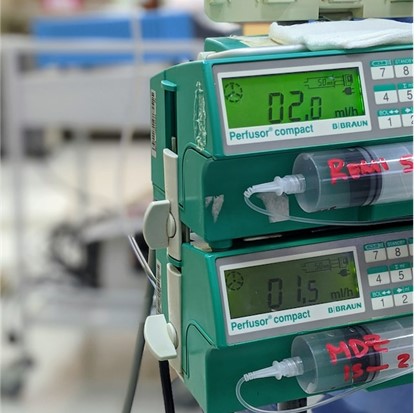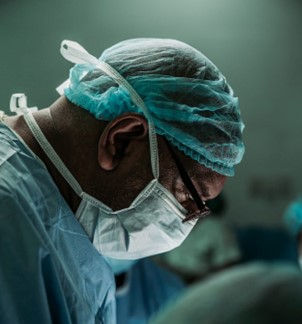Since anesthesiology became a common practice, it has progressed and changed through new technology, especially in recent years.
Anesthesiology over the last decade has improved in perioperative technology, methods of electroencephalographic anesthesia monitoring, advanced neuromuscular transmission monitoring, automation in the delivery of anesthetics, and advancements in telemedicine.
Stanford Plavin explains the developments and advancements of these different aspects of anesthesiology over the last 10 years below.

Perioperative Technology
Changes in perioperative technology over the past decade have improved patient care. One of these improvements is the utilization of checklists. In one study, the surgical death rate fell from 1.5% to 0.08% after introducing a surgical checklist, and the inpatient complication rate dropped from 11% down to 7%.
Other advancements include perioperative cardiac monitoring through the use of 3D echocardiography. This means that real-time monitoring of valvular functioning, including ventricular filling, and cardiac contractility, can be possible.
The invention of handheld ultrasound devices has made access to ultrasound technology easier and more accessible, therefore allowing the detection of any symptoms of the early onset of clinical deterioration. Overall, this has improved patient care as well as made bedside ultrasonography a possibility.
Electroencephalographic Anesthesia Monitoring
Depth of anesthesia monitors, such as the bispectral index monitor, or BIS, have come into play in recent years as well. This type of monitoring utilizes technology to process EEG information that gives a measurement of the patient’s consciousness level during implementation of anesthesia.
Neuromuscular Transmission Monitoring
Neuromuscular blockade monitors, conventional mechanomyography, or MMG, and other various versions of neuromuscular monitoring devices measure muscle function through the measuring of physical phenomena other than the typical force measurement.
One particularly attractive category of these devices is acceleromyographic monitors or AMG monitors. One of the simpler versions of this device would be the TOF-WatchTM.
This device measures acceleration using a piezoelectric sensor that is attached to a freely moving thumb. One commonly discussed con of this device, however, is that the piezoelectric sensor may not always be aligned properly, causing inconclusive results.

Automation of the Anesthesia Delivery
At the end of the 20th century, anesthesiologists were primarily using tools and machines to distribute anesthetics. Now, automated anesthetics are becoming more and more prevalent. Anesthesia workstations, infusion pumps, and monitors have advanced over the last decade, and new technology is always on the horizon.
With artificial intelligence becoming increasingly prevalent, it’s only a matter of time that it will make its way into pre-operative, operative, and post-operative practices.
Telemedicine Technology
Telemedicine is the result of videoconference products frequently seen in the eye of the consumer. The use of petite high-resolution cameras, microphones, and broadband data connections is being seen more frequently in perioperative examinations, ICU care, intraoperative monitoring, and post-operative assessments.
Conclusion
Although the development of anesthesiology depends greatly on each individual health care practice and hospital, the trends seem to be going towards automation, non-invasive forms of monitoring, as well as remote monitoring and management systems.


